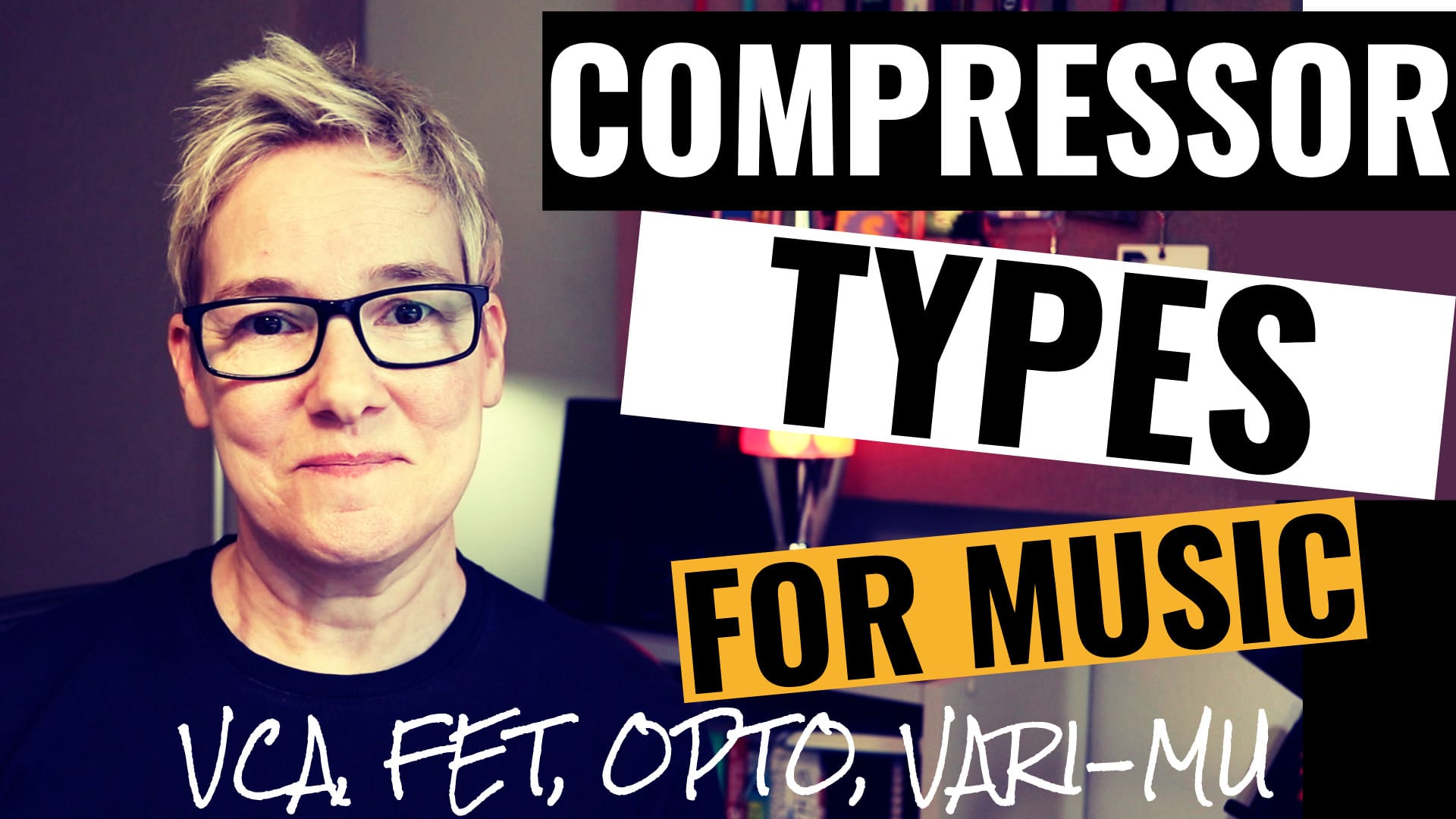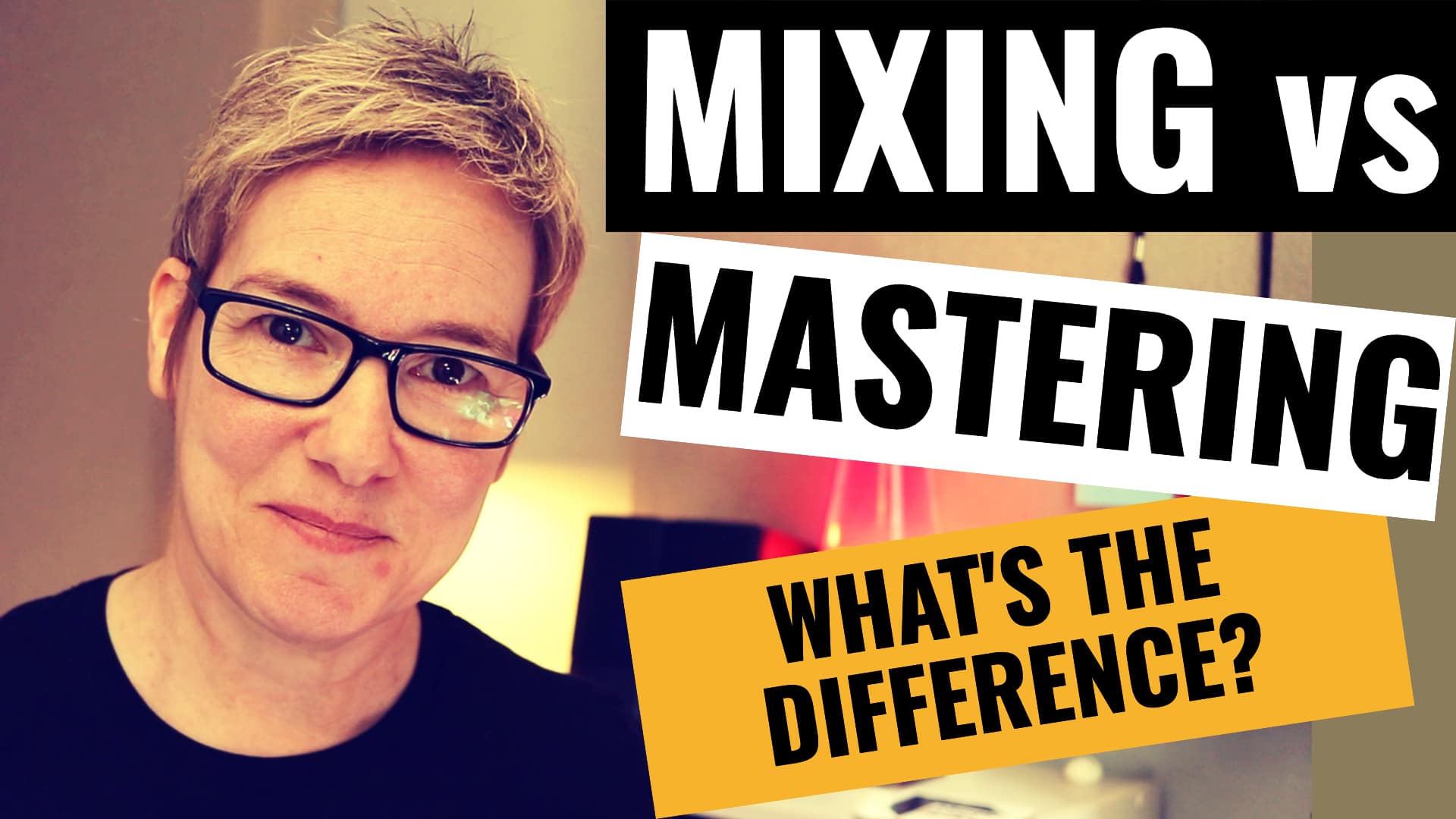If you’ve read any of my previous posts you’ll know that I recommend the use of reference tracks.
When I start any new project I always ask for a reference track and a rough mix from my client so I can get some sort of idea where they want their mix or master to end up.
It’s like a mini roadmap for me, so I know where I’m going and can plan how to get there, otherwise, I feel I’m shooting somewhat blindly.
Sure, I can still mix a great track but is it the sort of “great” the client actually had in mind?
Why use reference tracks?
It’s happened to us all, where we create a mix that sounds fantastic in the studio but when we check it in the car or on another set of speakers in a “less than perfect” listening environment, it sounds horrible.
The bass guitar is boomy, you can’t hear the kick anymore and the vocals a buried.
Reference tracks can serve as a basic guide to help you make decisions regarding the frequency range across your mix.
They can also help you focus on the most important mix elements for the genre that your mix sits in.
Ear training is an important area that this process will help develop. Better listening skills will mean you mix quicker and with more confidence.
How to use reference tracks
In the video, I go through my process that is simple and quick.
It’s important to note here, I’m not talking about copying or trying to sound like one of the rockstar mix engineers, I’m just talking about getting a true sense of the frequency balance and levels to avoid making mistakes and ultimately give the client a mix they’ve asked for, meaning fewer revisions and more referrals and 5-star reviews.
If you mix as a hobby then the idea is still the same. By setting a goal for yourself at the start of the mixing process and using reference tracks to help you get there, you are training your ears and learning what you like and don’t like when it comes to mixing.
Summary
If you have a problem where your mixes aren’t sounding how you’d hoped outside of your studio then using reference tracks will help you track down any bad habits you may have fallen into or areas of learning you need to pursue.
They are something I’ve found to be very beneficial for me all the way through my sound engineering career and I think they might help you too.
If you are interested in having me mix your music and are wondering how to prepare your mix then check out my blog post how-to-prepare-your-track-for-professional-mixing
If you want to know more about my online mixing service, then you can learn more on my mixing page or contact me here.
Interested in learning more about what professional mix engineers do to get their mixes to sound the way they do? Download my FREE guide: “Pro Mixing Habits That Will Set You Up For Success”





